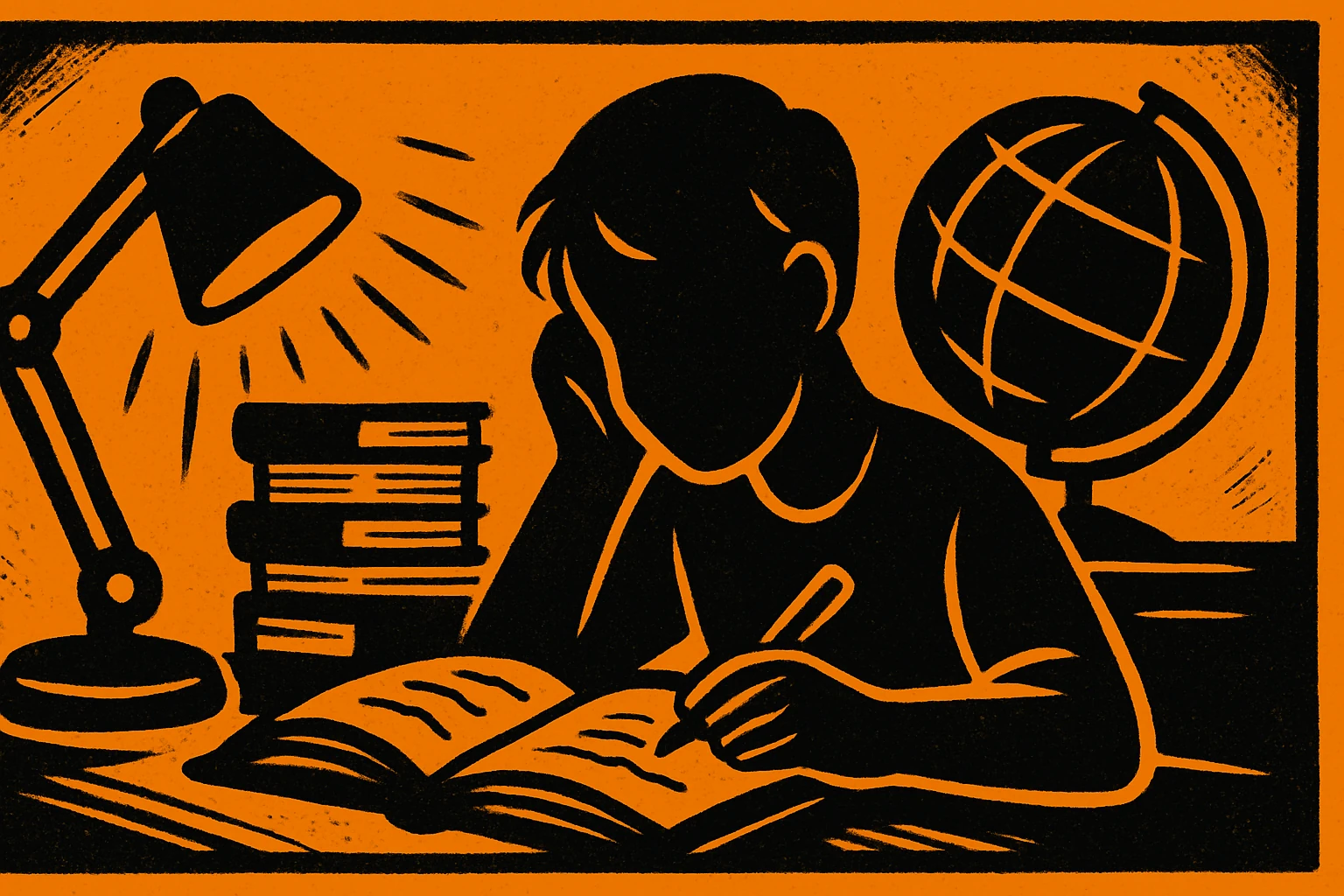Education in the age of AI is not what it used to be. With the proliferation of tools like ChatGPT, students and teachers are using them on an almost daily basis, with global statistics indicating that 86% of students use AI in their studies and 66% use it regularly. This shift has opened a wide door to debate: Is AI an opportunity to renew education ... or a threat to academic values?
Research reveals contradictory dimensions. A study at MIT showed that students who relied on AI recorded less brain activity and similar answers that lacked originality, raising concerns about long-term "cognitive laziness." On the other hand, experts argue that these tools can expand a student's knowledge if they are used for critical thinking and brainstorming instead of just copying directly.
But the issue does not stop at the cognitive aspect. There is a complex legal dimension: Who owns the AI-generated texts? The student who entered the instructions, or the company that developed them? Universities have so far considered that the academic value of the work is only due to the student's own effort, not the algorithm.
There is also the issue of educational equity. Paid subscriptions for the most powerful models like GPT-4 run as high as $20 per month, favoring affluent students and threatening to deepen the digital divide between those who have the tools and those who don't.
Academic integrity is at stake. Thousands of students around the world have been caught using AI to cheat, while automated text detection tools are still inaccurate, as the error rate sometimes reaches 26%, which means innocent students are wrongly accused.
Amid these challenges, a growing number of educational voices are calling for "responsible use" rather than bans, just as happened with the introduction of the internet and computers into education. The goal: Transform AI from a threat to a partner that enriches the educational process, fosters critical thinking, and allows students more space for creativity and deep learning.
To view the video and read the full analytical paper, please scroll down
Classrooms in the age of artificial intelligence: Education resists or regenerates?
Education faces a new test: Does it cower in fear... or capitalize on the opportunity to renew itself?

Comments